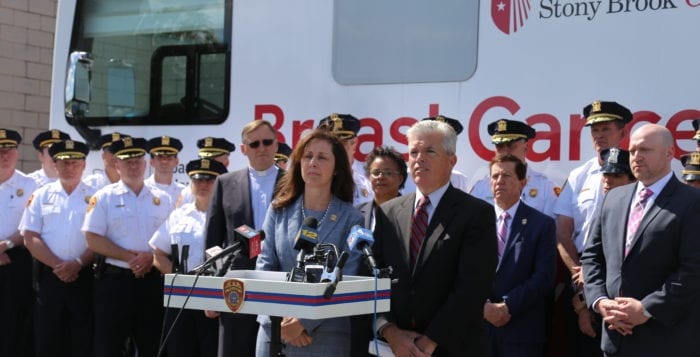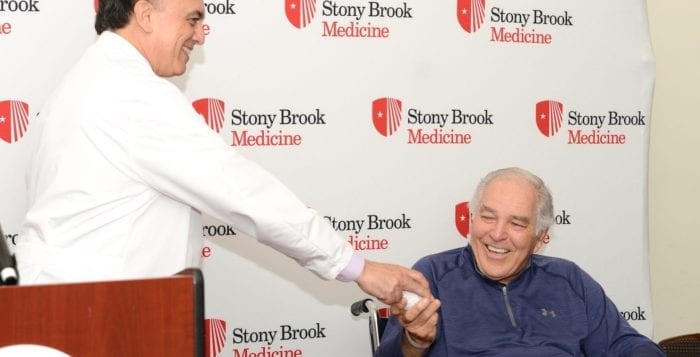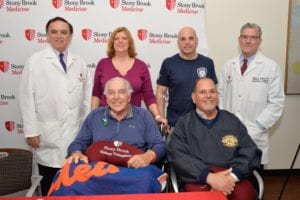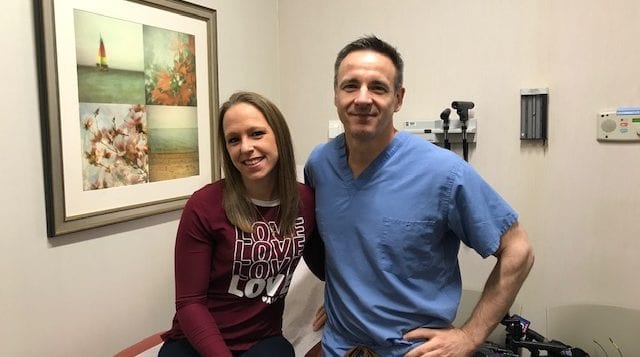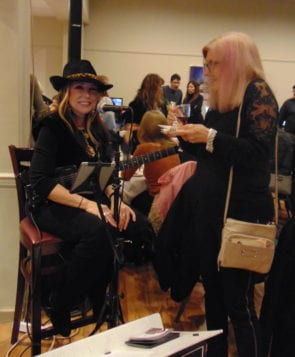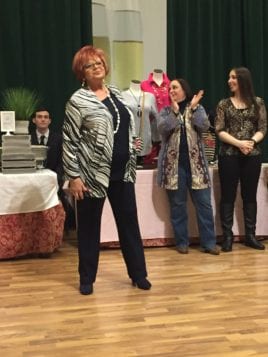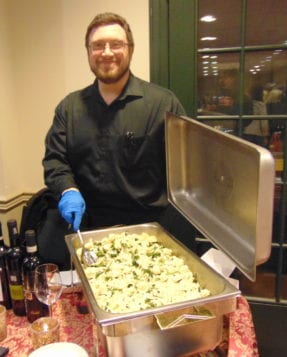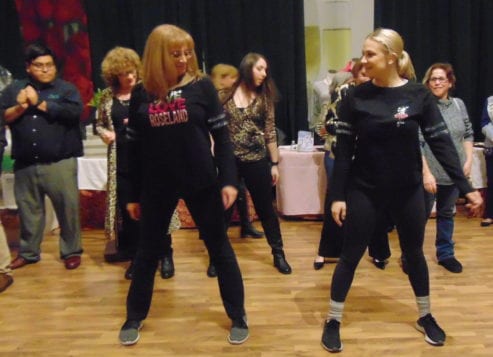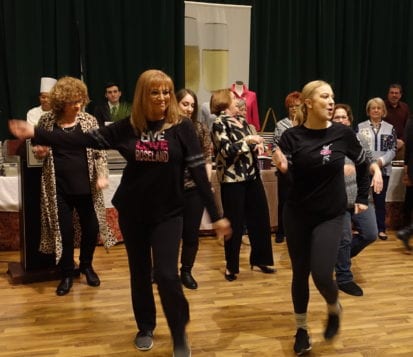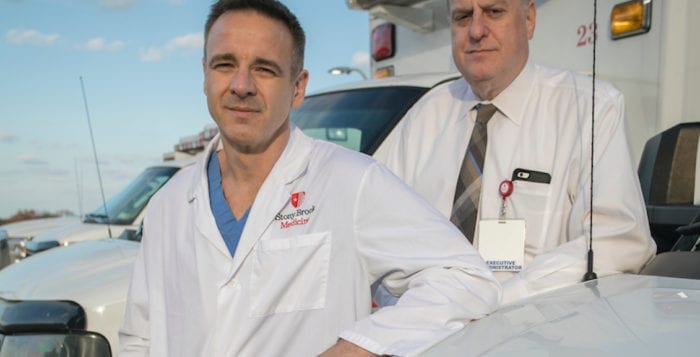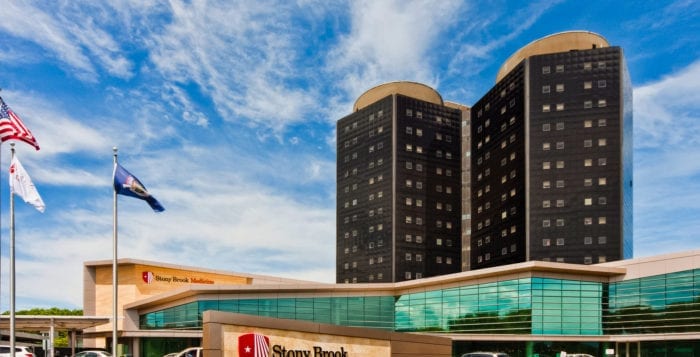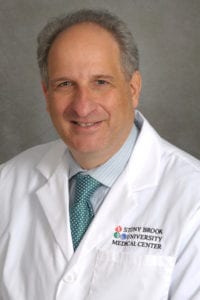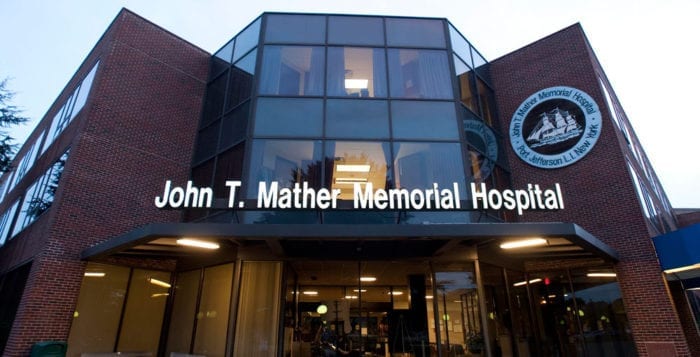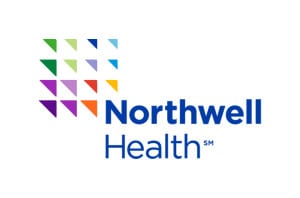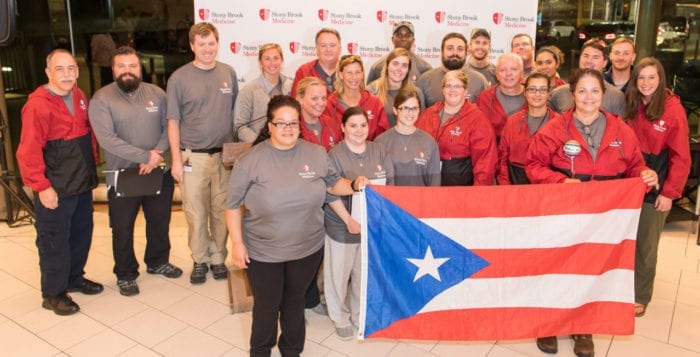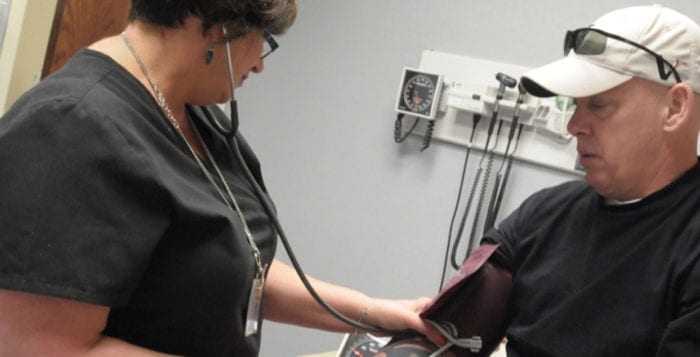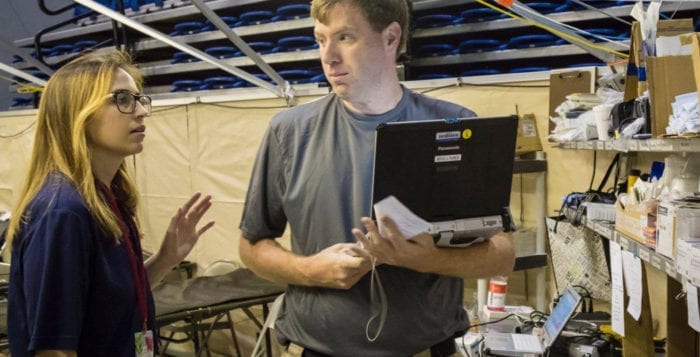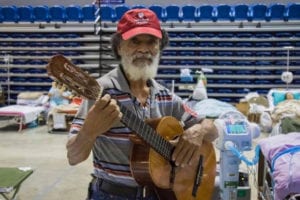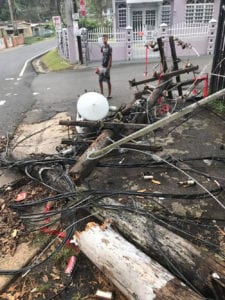Stony Brook Medicine and the Suffolk County Police Department are joining forces to provide proactive health services to residents.
“By partnering with Stony Brook Medicine to bring their Mobile Mammography Van to a number of different locations all across the county this summer, we are making it easier than ever for working women to get checked.”
— Steve Bellone
Officials announced June 14 that the police department and Stony Brook Medicine’s Mobile Mammography Van will host events this summer at various county locations. The events will provide convenient access to mammography examinations for SCPD employees as well as the public.
Suffolk County Police Commissioner Geraldine Hart, who was previously diagnosed with breast cancer, Suffolk County Executive Steve Bellone (D), members of the Suffolk County Police Department and Stony Brook’s Mobile Mammography Program coordinator Dr. Patrick Dineen were on hand for the announcement.
“Commissioner Hart should serve as an inspiration to us all, using her own personal experience with breast cancer to raise awareness about the power of early detection, which has saved countless lives,” Bellone said. “By partnering with Stony Brook Medicine to bring their Mobile Mammography Van to a number of different locations all across the county this summer, we are making it easier than ever for working women to get checked.”
Officers from the Community Relations Bureau, Canine and Aviation Sections will be on hand to interact with children while their parents are being screened, according to county officials. Activities will include demonstrations, games and giveaways.
Hart said her first mammogram detected cancer in its earliest stages, and she hoped sharing her story would inspire others to be screened.
“Our mission includes fighting crime and one of the most effective ways to continue to drive down crime is to ensure we are finding new ways to partner with all our communities,” she said. “I believe our partnership with Stony Brook Medicine will serve as a great outreach to members of the community.”
Dineen said Stony Brook Medicine was thrilled about the collaboration.
“Our mission includes fighting crime and one of the most effective ways to continue to drive down crime is to ensure we are finding new ways to partner with all our communities.”
— Geraldine Hart
“The partnership between Stony Brook Medicine and the SCPD strengthens the efforts to ensure that all women from all socioeconomic backgrounds have easier access to screenings since we visit various locations such as businesses, school districts, libraries and churches throughout Long Island,” he said. “Furthermore, not only is the SCPD dedicated to helping our community members, they believe in this program so much that we have scheduled screening events at SCPD headquarters and the 4th Precinct so that staff members are also staying on top of their health.”
Eligible residents can visit the van for screenings at the following locations:
• Diamond in the Pines, 1844 Route 112, Coram — June 29 between 10 a.m. and 4 p.m.
• St. Hugh of Lincoln R.C. Church, 21 E. 9th St., Huntington Station — July 7 from 10 a.m. to 4 p.m.
• St. Anne’s R.C. Church, 88 2nd Ave., Brentwood — July 14 from 10 a.m. to 4 p.m.
• SCPD 4th Precinct, 727 Route 454, Hauppauge — July 15 from 10 a.m. to 4 p.m.
According to Stony Brook’s website, the Mobile Mammography Van team provides services to women on Long Island, age 40 and older, who have not had a mammogram in the last year and are not pregnant. No prescription is needed. Women seeking mammograms at the mobile events should not have implants or breast issues, such as a lump or nipple discharge, and never been diagnosed with breast cancer. They should also have had an office visit with a gynecologist, primary care physician or internist within the past year who is willing to accept the results of the screening. Individuals who do not have health insurance will be processed through the Cancer Services Program of New York, if eligible. On the day of the mammogram, women should not wear deodorant, perfume, powders, lotions or creams on the breast area.
The van travels Suffolk and Nassau counties all year round and features a registration area, waiting room, private changing and exam space, 3-D equipment and an all-female medical staff.
For more information, call 1-833-MY-MAMMO or Dineen’s office at 631-432-0267.

